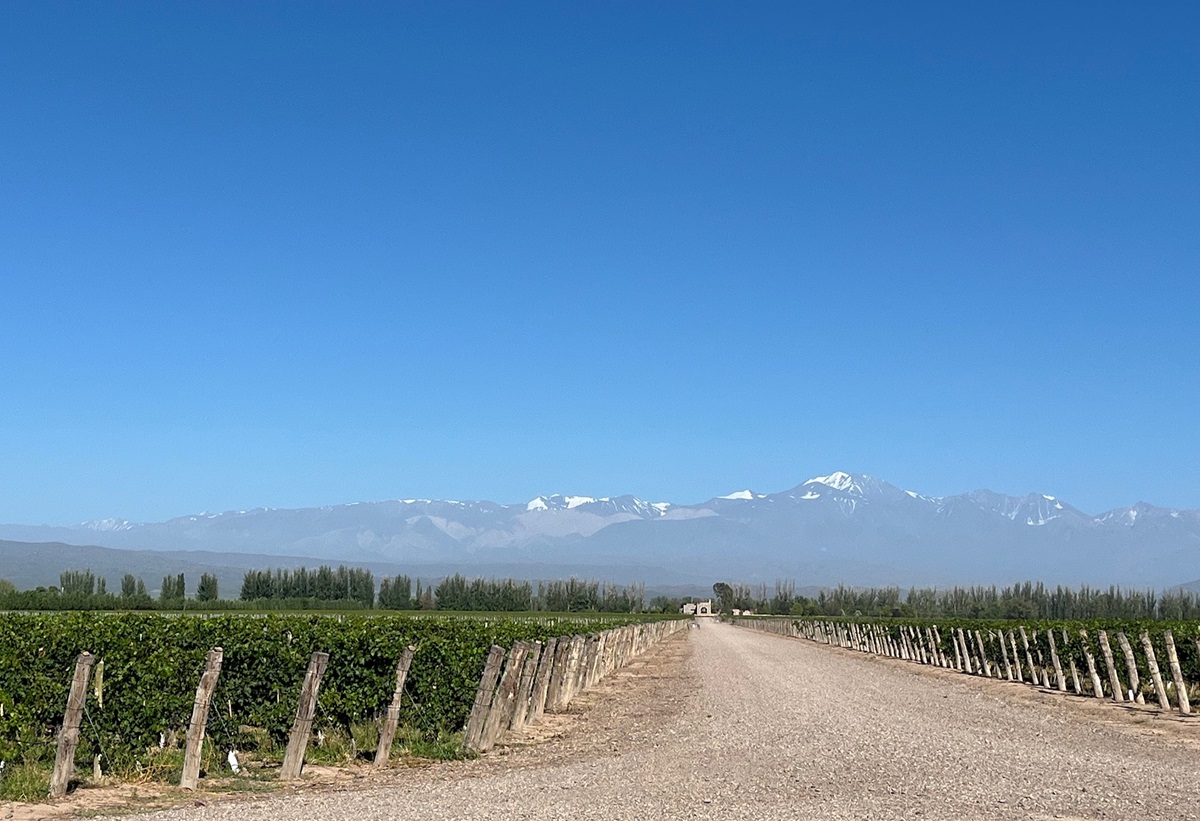CLASSIC CAPE PINOTAGE
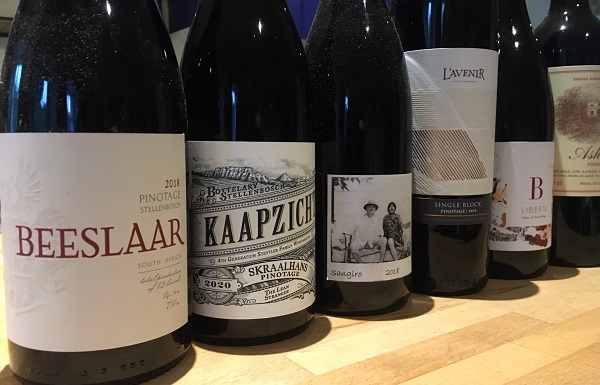
By Rose Murray Brown MW Published in The Scotsman 23 October 2021
Pinotage is a proudly South African grape, which has come of age. At a recent tasting celebrating National Pinotage Day, Cape winemakers showed an exciting range from their home-grown grape proving that it is at last being taken seriously.
“Pinotage is now in its mature phase”, explained winemaker Dirk Coetzee of L’Avenir estate (pictured below) in Stellenbosch. “After 62 vintages we have the know-how to deal with the grape in vineyard and cellar – and it is widely planted across the country with a large quantity of older vines”.
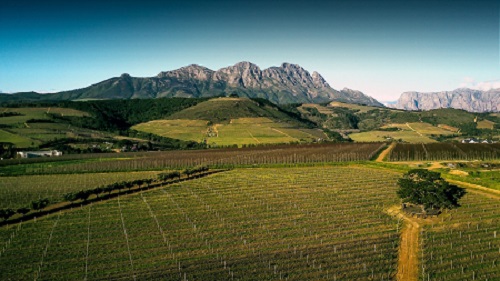 “You can’t put Pinotage in a stereotype box”, says Coetzee. “It is so versatile – making juicy reds for early drinking, dry reds for ageing, bright fruity rose, rich dessert wine and Cap Classique traditional method sparkling wine”.
“You can’t put Pinotage in a stereotype box”, says Coetzee. “It is so versatile – making juicy reds for early drinking, dry reds for ageing, bright fruity rose, rich dessert wine and Cap Classique traditional method sparkling wine”.
A tricky grape to grow and make well, Pinotage is very expressive of site with dramatically different styles from diverse soils and winemaking philosophies, as our tasting showed, but it needs to be on the right site and terroir. “Styles can be similar to Pinot Noir, Malbec or even Nebbiolo – and it is definitely capable of ageing”, he says.
Pinotage was first created in South Africa in 1925 when Professor Abraham Perold crossed French grapes Pinot Noir and Cinsault. In 1959 the new cross was first recognised, when Bellevue red wine made from Pinotage scooped Cape Wine Show’s champion wine, closely followed by a win by Kanonkop estate with the same grape in 1961.
The name Pinotage was first used on a wine label in 1961 for Bellevue’s Lanzerac 1959 vintage – hence the 62 vintages.
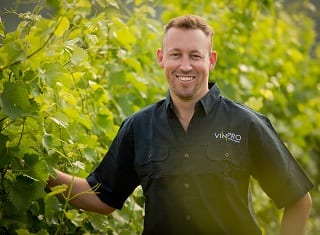 To explain how Pinotage varies across soil types, viticultural consultant Dr Etienne Terblanche (pictured right), who spent four years researching Pinotage for his PhD, gave us his tips. He showed how Pinotage varied on granite, sandstone and shale.
To explain how Pinotage varies across soil types, viticultural consultant Dr Etienne Terblanche (pictured right), who spent four years researching Pinotage for his PhD, gave us his tips. He showed how Pinotage varied on granite, sandstone and shale.
Granite soils (500-550 million years ago) in parts of Swartland and Stellenbosch can give richly fruity muscular styles. Pinotage on Shale, a similar aged soil from 500-550 million years ago which is less widespread with Bokkeveld shale in pockets in Malmesbury, Hemel en Aarde and Stellenbosch mountains, gives a delicate feminine style.
Sandstone, in Cape’s Citrusdale mountains, is younger at 300-400 million years – but still significantly older than Burgundy’s Cote d’Or soils at 120-150 million years. Interestingly, sandstone is the soil viticulturalists are most excited about, well known for making stunning white wines – “but we don’t know enough about Pinotage on sandstone at the moment”, says Dr Terblanche.
Pinotage’s thick skins and drought and wind-tolerance could prove useful as temperatures warm and water more scarce. Often at its best grown as dry-farmed bushvines, although some estates use modern trellising.
“Bushvines are closer to the soil and the heat; Pinotage (like Grenache) adapts well to this environment”, explained Terblanche. “A trellis lowers the temperature in specific microclimates keeping acidity and freshness in the grapes, but you need to intervene more with the vine grown on trellis”, he says.
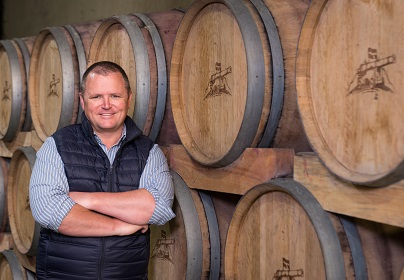
In the winery Pinotage is temperamental. Abrie Beeslaar, winemaker at Kanonkop Estate and Beeslaar Wines (pictured above), reckons the challenge is the grape’s ‘super-quick’ fermentation. “It takes just 3 days compared to Cabernet Sauvignon’s 5 or 6 days, so the window of extraction is small and regular punchdowns for early extraction essential”, he says.
“Pinotage is quite a sweet varietal, so oak must also be carefully handed”, says Beeslaar who has been experimenting with part-ageing in both American and French oak in his own wine – which was the star bottle in our tasting.
GRANITE
Stellenbosch: KAAPZICHT SKRAALHANS PINOTAGE 2020 (12.5%)
£15.60 Great Grog
From trellis-grown young vines on washed-out coarse granite on a warm north-facing site; beautiful aromatic lift, red cherries, bright acid, fresh with soft supple mouthfeel; very attractive and good value.
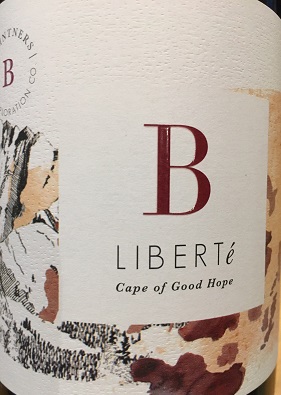 Stellenbosch: BRUWER VINTNERS LIBERTE PINOTAGE 2017 (13.5%)
Stellenbosch: BRUWER VINTNERS LIBERTE PINOTAGE 2017 (13.5%)
£24.99 Virgin Wines; Wine Direct
From 20 year old bushvines on windy cooler site, made with 40% whole bunch: initially juicy, dense fruits, hints of iodine and seakelp, soft rounded finish with smoky undertones.
SHALE
Stellenbosch: L’AVENIR SINGLE BLOCK PINOTAGE 2018 (14%)
£28 Wine & Something
From 25 year old vines on a windy dry-farmed site of decomposed shale soils; lovely gamey nose, intense fruit purity, very soft, slightly earthy notes with good mouthfeel.
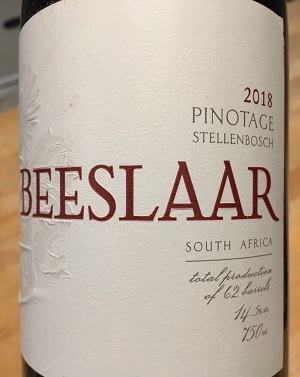 Stellenbosch: BEESLAAR PINOTAGE 2018 (14.5%) ***STAR BUY***
Stellenbosch: BEESLAAR PINOTAGE 2018 (14.5%) ***STAR BUY***
£38 The Wine Society (from 1 Nov)
Stunning wine – beautifully poised, fine perfume, red cherry fruit, plummy mouthfeel, fresh acidity, fine tannins, complex finish, great finesse; from cool site with mainly shale and some decomposed granite.
Hemel en Aarde: ASHBOURNE PINOTAGE 2018 Hamilton Russell (13.5%)
£44.50 Noel Young Wines; £46.95 Jeroboams; North & South Wines; Thorne Wines
Rich savoury example, minty notes with rich texture and fine-grained tannins from 16 year old trellis vines on warm shale site just 3km from the ocean.
SANDSTONE
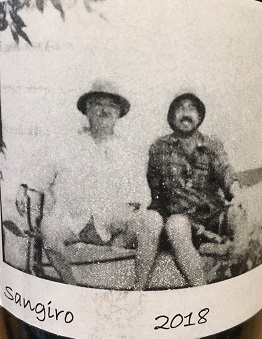 Piekenierskloof: SANGIRO PINOTAGE 2018 (12.5%) ***STAR BUY***
Piekenierskloof: SANGIRO PINOTAGE 2018 (12.5%) ***STAR BUY***
£45 New Generation Wines
Deep sandstone soils on ledge of Piekenierskloof mountains overlooking sea; raisiny herby with dried tea leaf notes, dry grainy tannins, quite minerally, very characterful unusual Pinotage.
Join Rose’s Virtual Sherry Tasting on Friday 12 November www.rosemurraybrown.com
wine tastings
The perfect gift for the wine enthusiast in the family. Rose does In-person tastings too.
cellar advice
Rose does cellar valuations for private clients, valuations for insurers & bespoke portfolio management.
Related stories
March 31, 2024
By Rose Murray Brown MW Published in The Scotsman 30 March 2024 On 2 February 1659, the first wine made from grapes grown in South Africa was crafted by the Governor of the Cape, Jan van Riebeeck. He had planted vines four years earlier in the Company’s Garden near Cape Town from cuttings imported from France. Van Riebeeck’s first
March 24, 2024
By Rose Murray Brown MW Published in The Scotsman 16 March 2024 Heatwaves and bushfires were very much on the agenda when I visited Chile last month as winemakers prepared for their 2024 harvest in blistering heat and drought, with a plume of smoke from the devastating fires lingering over coastal hills. Heat and drought are the greatest challenges
March 23, 2024
By Rose Murray Brown MW Published in The Scotsman 9 March 2024 I have two glasses of Malbec in my hands from the same high-altitude vineyard in Uco valley in Argentina. I am in the Catena Institute of Wine in Mendoza with winemaker Agustin Silva. He has asked me to taste the two wines, both from the 1500m high



